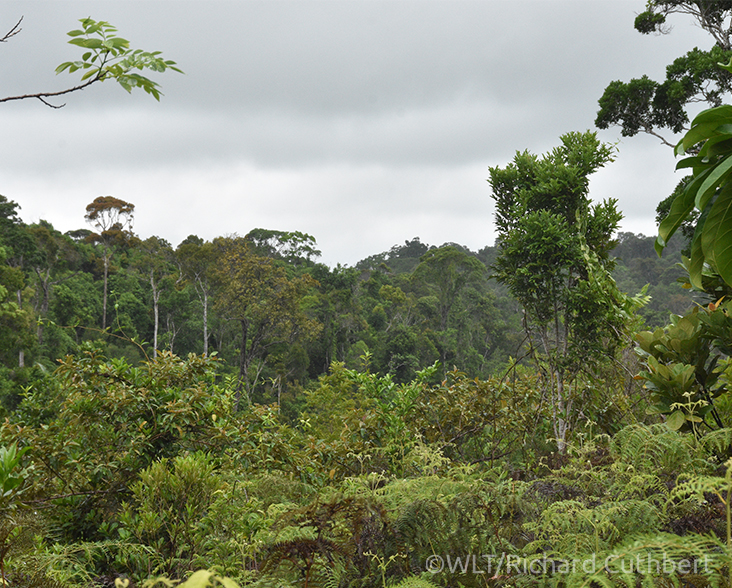Rusty-gray Lesser Bamboo Lemur
Species Data
Class: Mammalia
Order: Primates
Family: Lemuridae
Scientific Name: Hapalemur meridionalis
IUCN Red List status: Vulnerable
DESCRIPTION
The Rusty-gray Lesser Bamboo Lemur is one of five species of bamboo lemur, which are best identified by their rounded heads, short fur-covered ears, and flat snouts. These characteristics mean that bamboo lemurs are often visually compared to South American marmosets, although beyond them both being primates there is no close relation between them.
BEHAVIOUR
As its name suggests, the Rusty-gray Lesser Bamboo Lemur is reliant on bamboo which forms a large portion of its diet. Living in small groups of around two to nine individuals, this species of bamboo lemur is cathemeral, meaning it exhibits sporadic and random intervals of activity during the day and night.


HABITAT
The Rusty-gray Lesser Bamboo Lemur can be found in subtropical moist lowland and montane forests of eastern Madagascar in areas that are rich in bamboo. It is the southernmost of all the bamboo lemur species and its home range is variable, ranging from 6.6 – 18.39 ha.
THREATS AND CONSERVATION
Given their restrictive needs and the rate of deforestation in Madagascar, suitable habitat for the Rusty-gray Lesser Bamboo Lemur is scarce and its population is suspected to be undergoing decline.
They suffer from an increasingly fragmented habitat caused by shifting agriculture, illegal timber extraction, charcoal production, and large-scale mining. Additionally, climate change alone is expected to cause a 21% reduction in the species’ range between 2000 and 2080. This is because the conditions which support bamboo growth will alter over time, and the range of bamboo plants are likely to shift upwards in elevation.
Protected by these WLT Projects
References
Brown, J.L. and Yoder, A.D. (2015). Shifting ranges and conservation challenges for lemurs in the face of climate change. Ecology and Evolution, 5(6), pp.1131-1142.
